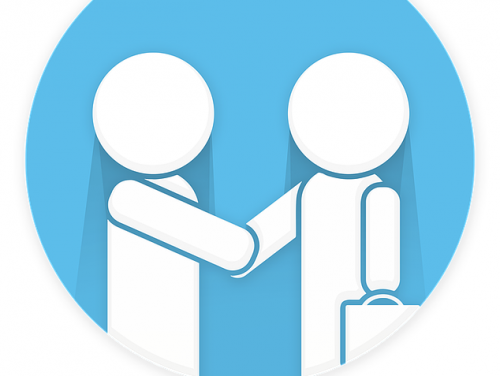What is Customer relationship management (CRM)?

Customer relationship management (CRM), on behalf of an organization, is a way to deal with present and potential customers. The organization utilizes information investigation about customers’ history with an orderly channelizing to enhance business relationships with customers, particularly concentrating on customer maintenance and eventually driving the business growth.
One critical part of the CRM approach is the frameworks of CRM that arranges sharp information from a scope of various correspondence channels, including an organization’s website, phone, email, live visitor chat, promoting materials, and all the more as of late, social media. Through the CRM approach and the frameworks used to encourage it, organizations learn more about their aimed groups known as “target audiences” and how to best take their necessities into account.
Iniation of CRM
The idea of customer relationship management began 48 years back, and that is, in the mid 1970s, when customer fulfillment was assessed utilizing yearly reviews or by means of “front- line asking”. Around then, organizations needed to depend on independent centralized computer frameworks to computerize deals, but however, the degree of innovation enabled them to sort customers in spreadsheets and records. And after 12 years, in 1982, Kate and Robert Kestnbaum presented the idea of Database showcasing, specifically applying factual strategies to break down and assemble customer data and by 1986, Pat Sullivan and Mike Muhney discharged a customer assessment framework called ACT! And without an effective CRM, a concern will suffer and get suffocated during the present or latest era. An effective CRM is to bring an assured success to a company. When a company doesn’t bother for to erect a CRM for itself, then it comes to mean that the same organization is reckless about its name, fame, growth and such establishment rather.
The pattern was trailed by various engineers endeavoring to expand leads’ potential, including Tom Siebel, who outlined the principal CRM item Siebel Systems in 1993. Nevertheless, customer relationship management promoted in 1997 by Siebel, Gartner, and IBM was enriched somewhere in the range of 1997 and 2000 and driving CRM items were formulated with big business asset arranging capacities and grand showcasing capabilities.
Customer relationship management (CRM) is a term that alludes to practices, techniques and advances that organizations use to oversee and analyze customer communications and information all through the customer lifecycle, with the objective of enhancing customer benefit relationships and aiding in customer maintenance (retention) and driving deals growth. CRM frameworks incorporate customer information crosswise over various channels – or purposes of contact between the customer and the organization – which could incorporate the organization’s site, phone, live visit or chat, post office based mail, promoting materials and online media like social media. CRM frameworks can likewise give customer-confronting staff details and point by point data on customers’ personal data, purchase history and purchasing inclinations as well as concerns.
Numerous extra capacities have been added to CRM frameworks or systems to make them more helpful. A portion of these capacities incorporate accounting different customer cooperations over email, telephone, and web based media such as social media or different channels. And when we talk of Advertising mechanization as CRM instruments, such with advertising computerization abilities can robotize monotonous assignments to improve showcasing endeavors at various points in the lifecycle. And by effective CRM, an organization should transform a potential customer into a full-fledged customer and it should interact to attract and obtain new customers too very successfully.
Some CRM frameworks or systems incorporate innovation that can make geographic promoting efforts in light of customers’ physical areas, and in some cases, coordinating with prominent area based GPS applications. Geolocation innovation can likewise be utilized to discover deals prospects in view of an area.
The benefits of CRM
CRM enables organizations to cultivate customer relationships and screen customer estimations around their brands. By means of CRM frameworks prospective customers can be followed and thus empowering the organization to grow with further deals with the prospective customers or such user groups and the sales teams also act fast to input, track and analyze customers’ data for leads in one particular place. CRM frameworks help to track the employees’ data too, chiefly the execution reviews inside the organization. This empowers the organization to value its own work force or human asset and thereby to all the more adequately deal further. Examining the customers by CRM helps make better customer fulfillment rates by investigating further and further the client information. CRM helps companies too much to foster the customer relationships and lead customer sentiments all around their brands.
CRM further distinguishes customers’ purchasing behaviors and thereby it calculates what customer practices to anticipate in future.And to conclude: an organization will stand a waste and a collapse without having formed a CRM or such a system. Only a poor concern or company will stand without a CRM. The majestic organizations will be further decorated with richness due to an effective CRM by means of which such can organize both their customers as well as employees very effectively or profitably.